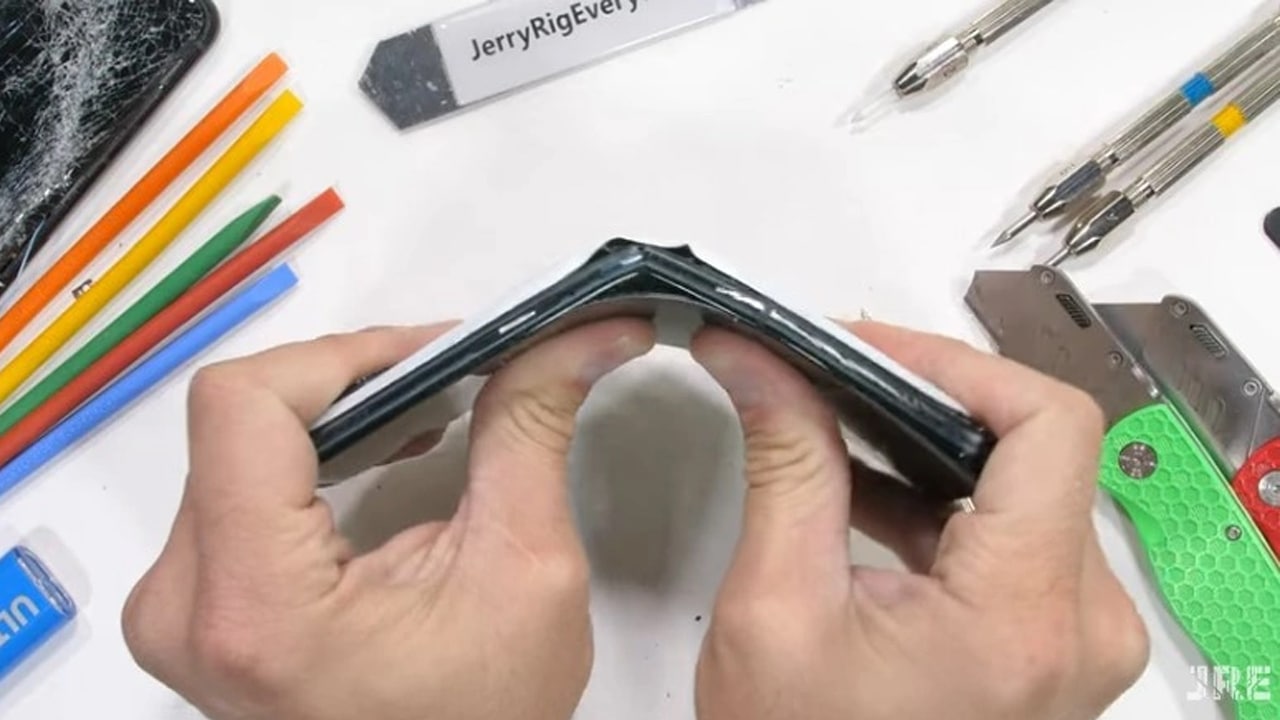According to the latest report, Taiwan PC industry sources said that ASUS and Gigabyte are very pessimistic about the motherboard market in the second half of this year, and they predict that this year’s motherboard sales will be about 25% lower than last year.
JOIN US ON TELEGRAM
Tom’s Hardware said that motherboard shipments in the second quarter of 2022 have shown fatigue, and the decline in motherboard shipments in the quarter has exceeded expectations, which points to further declines in shipments in the second half of the year.
Now, Asus has lowered its forecast for motherboard sales by around 24%, and Gigabyte is expecting a drop of around 27%. With Asus and Gigabyte owning about 70 percent of the motherboard market, sales of the entire motherboard market are expected to drop from 40 million units to around 30 million this year, with the market shrinking by nearly a quarter.
 As for the reason for the decline in motherboard shipments, some industry insiders said that this was due to the recovery of the graphics card market. In the past, companies like Asus and Gigabyte were able to boost motherboard sales by bundling graphics cards with motherboards due to graphics card shortages, which also resulted in much higher-than-normal motherboard sales.
As for the reason for the decline in motherboard shipments, some industry insiders said that this was due to the recovery of the graphics card market. In the past, companies like Asus and Gigabyte were able to boost motherboard sales by bundling graphics cards with motherboards due to graphics card shortages, which also resulted in much higher-than-normal motherboard sales.
Due to the shortage of graphics cards, some users even get a graphics card by purchasing a complete device. With the introduction of AMD Ryzen 7000 series processors and AM5 motherboards, Intel 13th Gen Core processors and 700 series motherboards in the second half of the year, the motherboard industry sales may improve.
But DigiTimes said that these new products will not increase users’ desire to buy, and the return of the mining boom, the end of the Russian-Ukrainian war, or the easing of inflation may help increase motherboard sales.
Tom’s Hardware says the mining boom is over for the foreseeable future. Some players have purchased mining cards from mine owners, and the upcoming launch of next-generation graphics cards has led to stagnant sales of current graphics cards, and we may enter an era of excess graphics cards. It is difficult for motherboard manufacturers to bundle graphics cards with motherboards, which will be a good thing for consumers.










